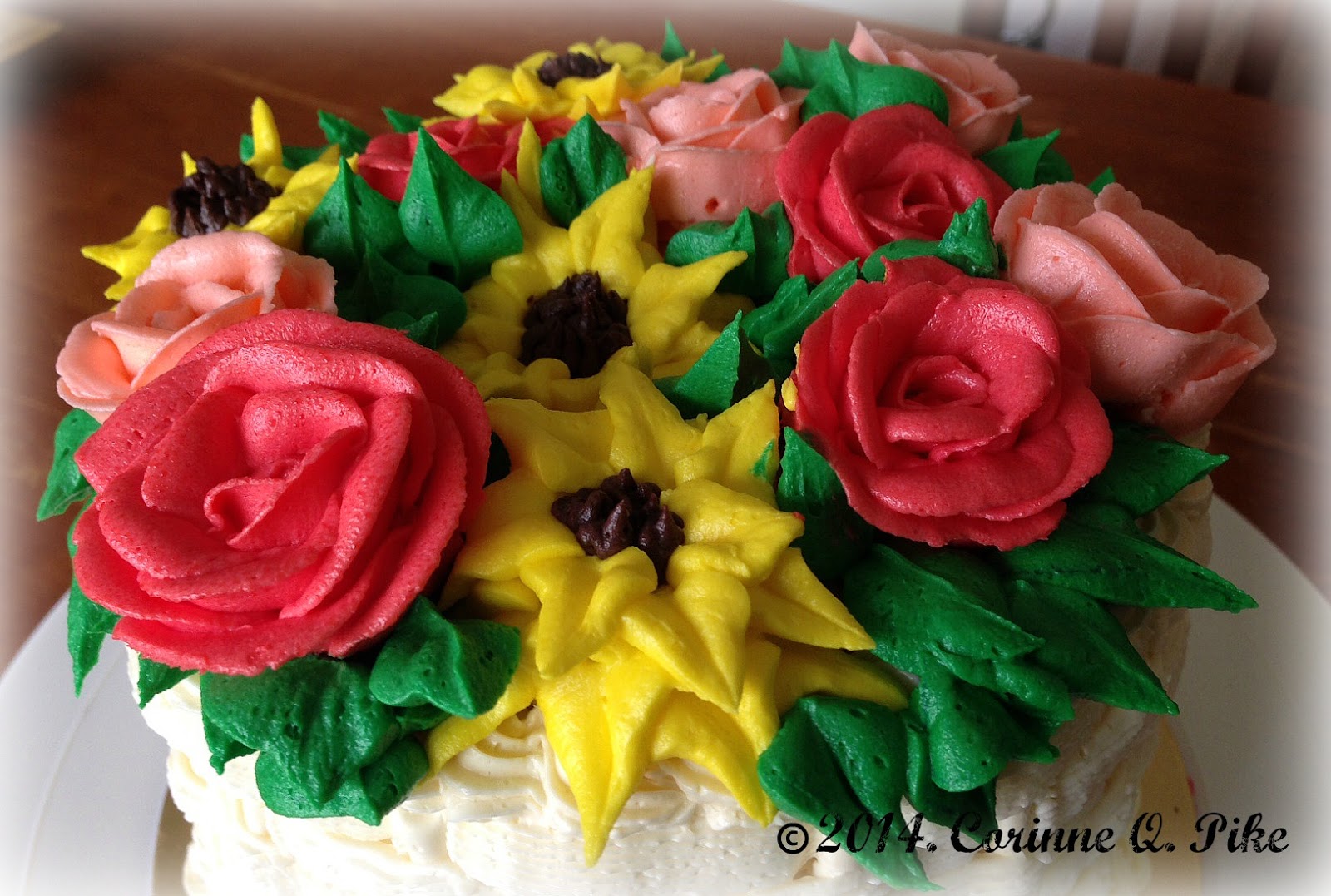I feel somewhat like a sacrificial lamb. Or maybe a guinea pig.
Because of my desire to share new recipes here, I experiment a lot. If I'm lucky, I get it right the first time. But if I don't, I find myself measuring, and mixing, and baking, and adjusting ingredients over and over until I am completely satisfied.
It takes a toll on my body, you know. Taking in all those extra, unnecessary calories...sometimes to the point of feeling really sick. But it comes with the job, I guess.
I am happy though when I finally get it right. And I know that I make a lot of other people happy too.
So, what is this so-called leche puto? Just from the name itself, one can deduce that it's a fusion of the Filipino steamed 'rice' cake (puto) and milk flan or creme caramel (leche flan). It actually is, just sans the caramelized syrup. I did not know what this thing was until I watched this feature on a Filipino TV show. The lady in the video said that the idea came about because she found that a lot of eggyolks were getting wasted in her puto-making as only the whites were needed. It's as simple as that. Brilliant, isn't it? How people come up with these combinations? How something so simple can turn into a big business?
They showed the procedure on the video but understandably, not the recipe. So I watched and watched and watched..and tried to figure it out.
First attempt - great flan, dense puto. Second attempt - eggy flan, still dense puto. Third attempt - overcooked flan, fluffy puto.
Four attempts later - a creamy flan, and soft and fluffy puto finally!
LECHE PUTO (makes around 48 medium-sized pieces)
Ingredients:
For the flan:
4 egg yolks
1 can sweetened condensed milk (395g)
2 tsps lemon/calamansi juice or 1 tsp lemon extract
For the puto:
2 cups self-raising flour
1 1/2 tsps baking powder*
2/3 cup white granulated sugar
½ tsp salt
4 eggwhites (about 2/3 cup)
1¼ cups water
a few drops of yellow liquid food colouring (optional)
Procedure:
* I found that even if I am already using self-raising flour, I still needed to add a small amount of baking powder to make the puto fluffy. I think this is because eggwhites toughen a cake and there are no eggyolks to make it more tender. Don't worry, there is no baking powder aftertaste!
**Note: I used plastic puto moulds for this purpose. You can use mini muffin pans but you will have to adjust the steaming time. I tried using the pans in one of my batches and noticed that the flan cooked way faster. You do not want to overcook it. The flan should remain creamy yet firm enough to hold its shape. When it's overcooked, it tastes like scrambled eggs (not good).
1. Make the flan first. In a small bowl, mix together the eggyolks and condensed milk. Add in the lemon juice or extract.
Tip: Get yourself these inexpensive plastic sauce dispensers. It makes filling up the moulds so much easier and cleaner.
 |
| Use one for the flan mixture and one for the puto mixture. |
3. Grease puto moulds then squirt the flan mixture into each mould, filling each about 1/3 full.
4. Steam flan on LOW heat for about 5-7 minutes. At this point, the flan would not be fully set but should not be liquidy either. Set aside to cool completely while you make the puto mixture.
5. In a medium bowl, sift dry ingredients of the puto together. Add in the wet ingredients and mix just until combined. Do not overmix. Transfer mixture to your plastic dispenser.
6. Prepare the steamer as before. Top up with more water if needed and bring to a rapid boil again.
7. Gently squirt puto mixture over flan, filling moulds nearly to the top.
8. Steam the puto on LOW heat for another 10 minutes. Remove from steamer and let cool slightly.
 |
| I think it is best to keep them inverted like this as the leche flan layer is more delicate and sticky. |
Beautiful. And I can assure you, it's absolutely delicious too.
Enjoy!
PS. If you have any suggestions on what I should experiment on next, leave them on the comments section below.



.jpg)



















